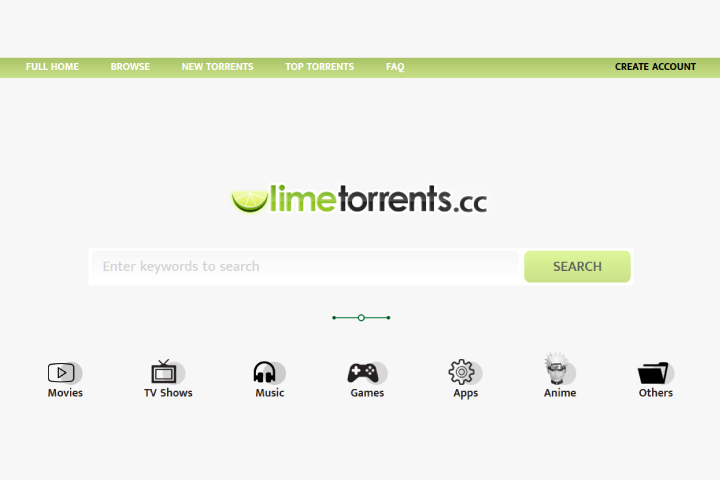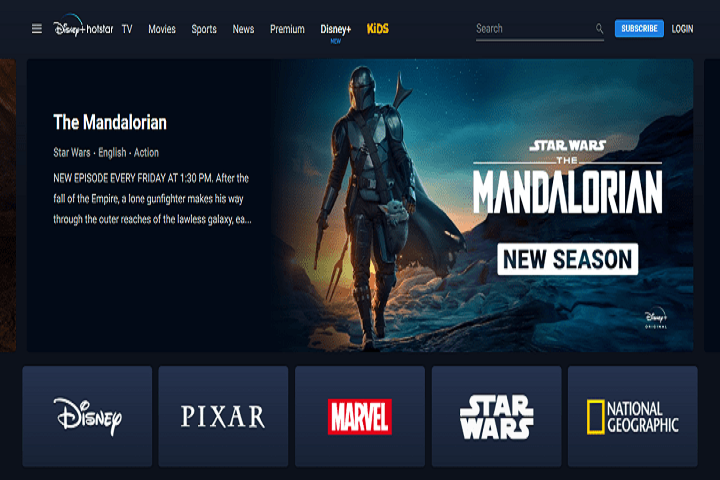Technology
Minimize Remote Workers Downtime With Smart Tools
Minimize remote workers downtime with smart tools. Address IT issues – before they happen, Optimize team communication, Clear goal-setting

Let’s be clear here –planned downtime is essential to keep workers healthy and productive. Unplanned downtime is what we’re talking about here. When you’re managing a remote team, you aim to maximize output, so unplanned downtime can play havoc with your scheduling and goals.
Taking a proactive approach can not only save time and money but also protects your reputation with your customers. Some fantastic innovative tools like monitoring software for employees are available to help you minimize downtime and track your progress even when your team is geographically dispersed.
Table of Contents
1. Address IT issues – before they happen

Remote teams are entirely dependent on reliable IT. Whether it’s an individual’s equipment or an entire system, a failure can result in a catastrophic loss of productivity, reputation and damage your bottom line.
Do you have a backup disaster recovery plan in place should an outage affect the entire operation? Whereby long would it take to restore service? It makes sense to schedule and carry out assessments and preventative maintenance actions regularly.
Even a single individual working remotely, having issues with their computer, will cost time and money, resulting in potential loss of business and wasted labor costs.
If you don’t have an in-house IT team, ensure you have access to specialists who can investigate without delay, use intelligent tools such as Microsoft Remote Desktop, and immediately fix the issue.
2. Optimize team communication
With remote teams, especially those who need to collaborate effectively, email is no longer fit for purpose. Ensure everyone in the group uses a single platform, such as Slack, for smooth, real-time messaging and document sharing.
3. Clear goal-setting
With remote teams, it’s essential to be clear about what is expected to focus on the goal, not just the time being tracked.
If you’re involved in managing a complex project with a team working across different time zones, downtime can result from time-lag responses and access to real-time data.
Project management software before-mentioned as Asana or Monday.com can provide what’s needed to ensure that milestones aren’t missed.
While any team members have visibility of the project and the progress, they’re more likely to stay on track. Frustrating delays in accessing needed data are minimized.
For smaller teams and more routine tasks, productivity tools such as Trello can keep everyone focussed on what’s coming up so that productivity is maximized and priorities are delivered.
4. Manage distractions
When your team is working from their own homes, keeping them on track is more challenging than working from a centralized base.
Here, it’s not so much the risk of IT failure that’s the issue; it’s more a case of helping them manage distractions.
First, give them the tools to help them stay focused: noise-canceling headphones, an ergonomic workstation, and a sharp difference between work time and free time.
Depending on the nature of the role, intelligent and interactive time-tracking software can help monitor activity. For many parts, though, it’s more effective to measure results against pre-defined SMART goals rather than to minute-by-minute monitoring of screen time with intelligent tools.
-

 Instagram4 years ago
Instagram4 years agoBuy IG likes and buy organic Instagram followers: where to buy them and how?
-

 Instagram4 years ago
Instagram4 years ago100% Genuine Instagram Followers & Likes with Guaranteed Tool
-

 Business5 years ago
Business5 years ago7 Must Have Digital Marketing Tools For Your Small Businesses
-

 Instagram4 years ago
Instagram4 years agoInstagram Followers And Likes – Online Social Media Platform















